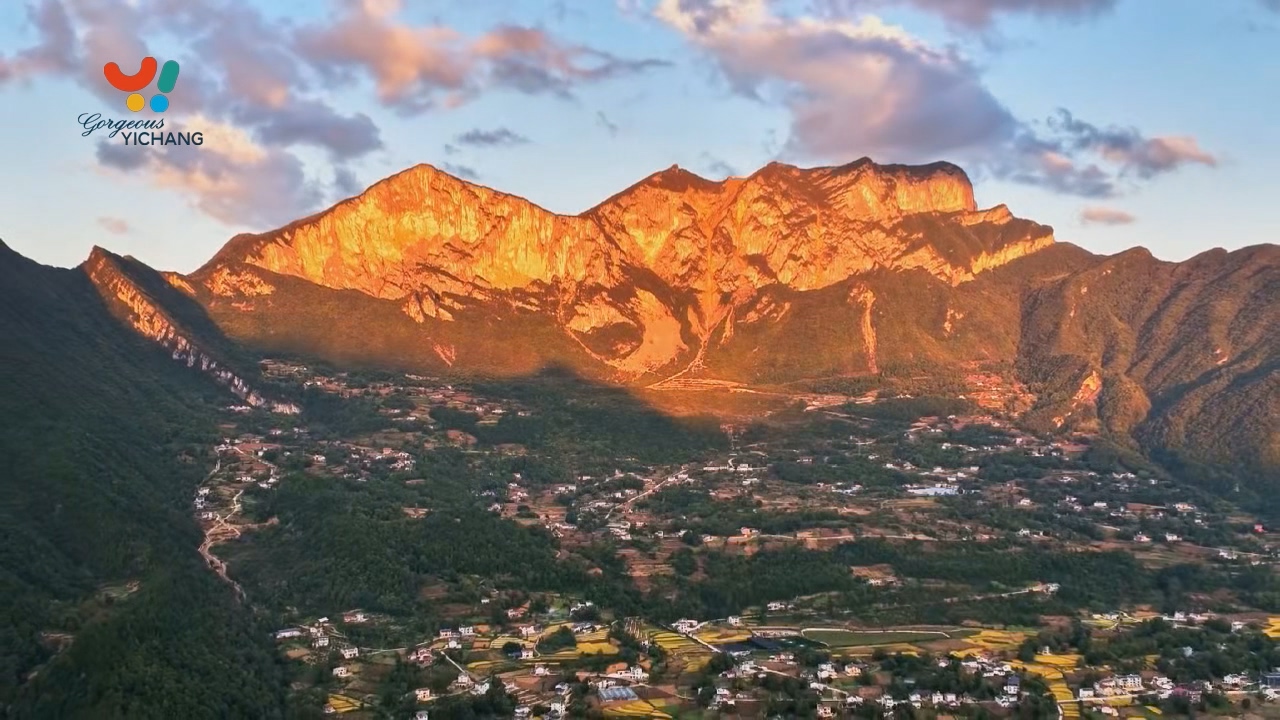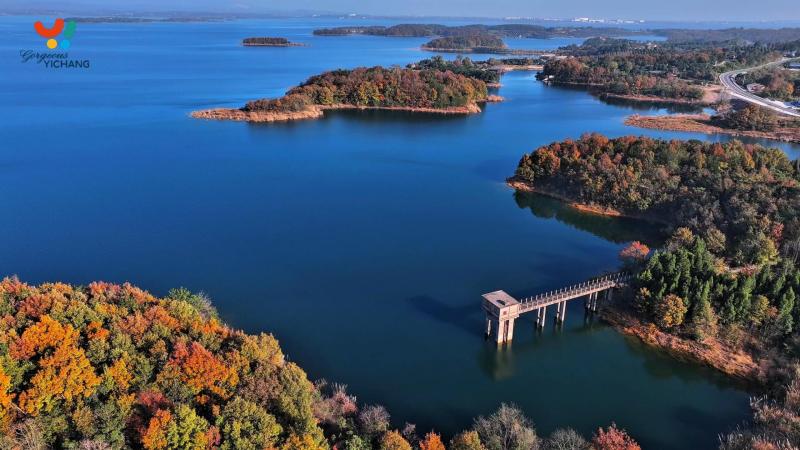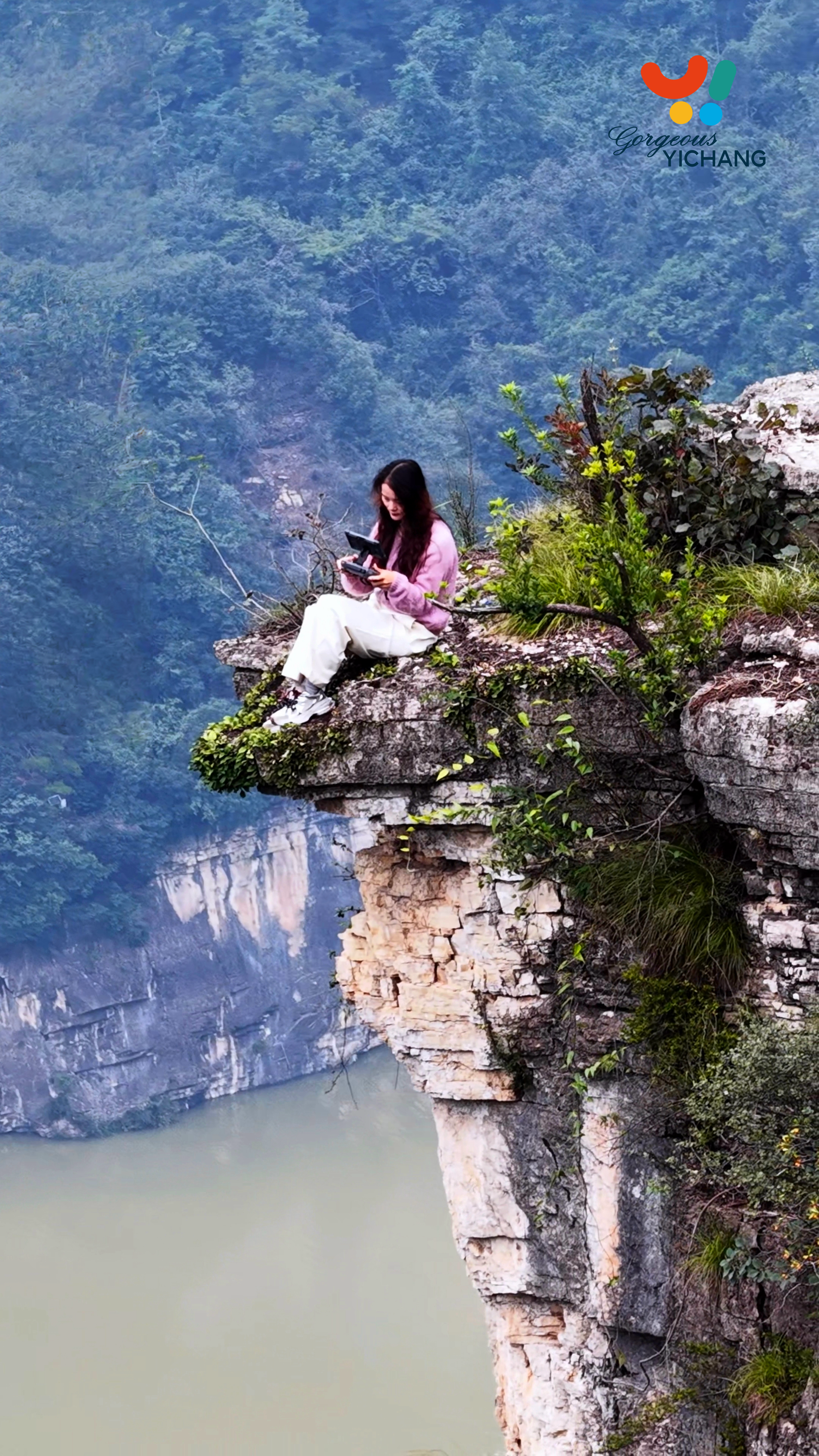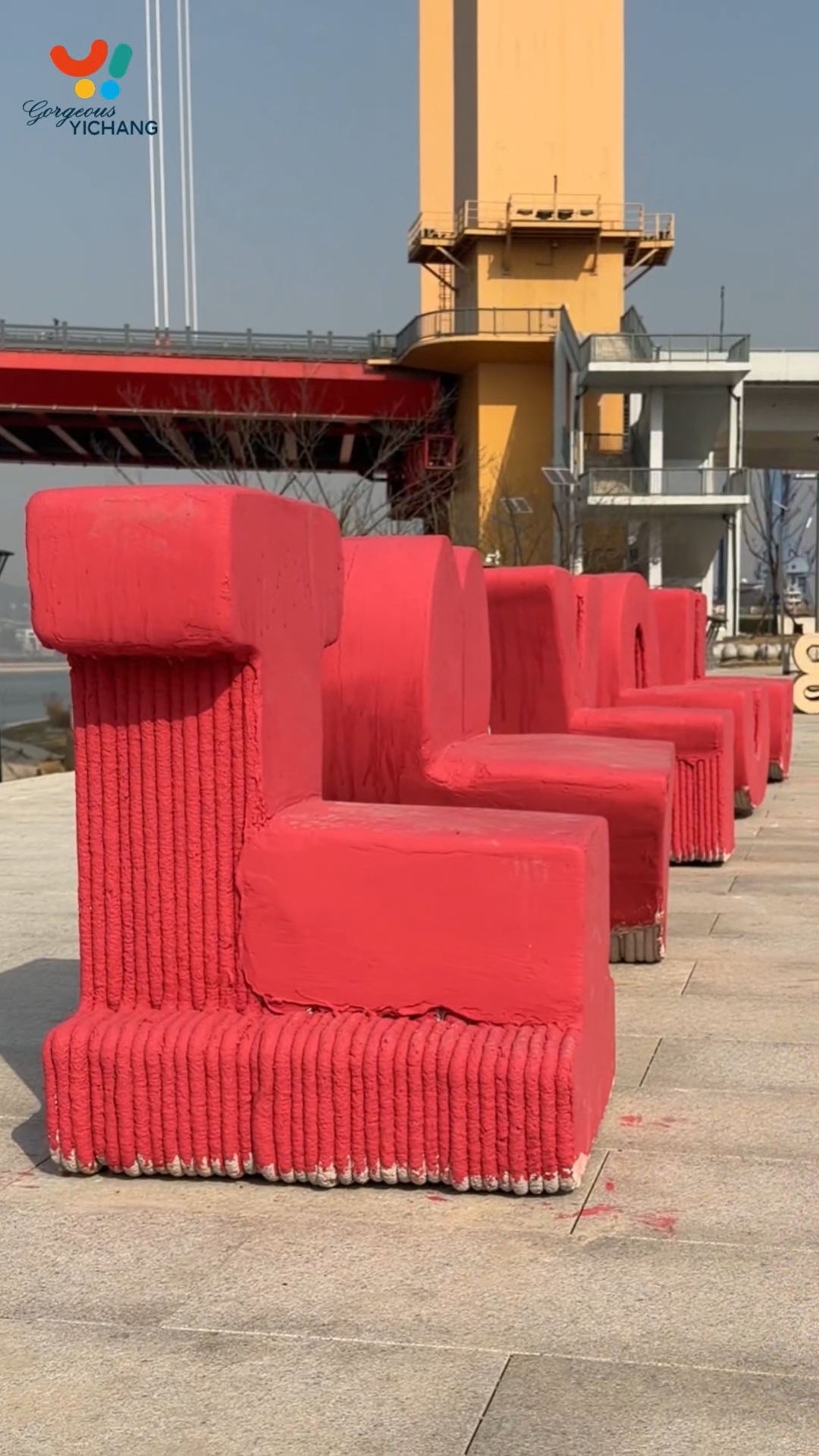Construction begins on low-carbon smart community project
2025-10-11 19:10:46
By Yan Wanqin.
Construction has begun on a low-carbon smart community project in Yichang on October 8.
Located in the Yichang High-Tech Zone, the project covers about 134.2 hectares and includes three key sections: a demonstration zone, a first-phase residential area, and a low-carbon park.
Construction has begun on a low-carbon smart community project in Yichang on October 8.
Located in the Yichang High-Tech Zone, the project covers about 134.2 hectares and includes three key sections: a demonstration zone, a first-phase residential area, and a low-carbon park.
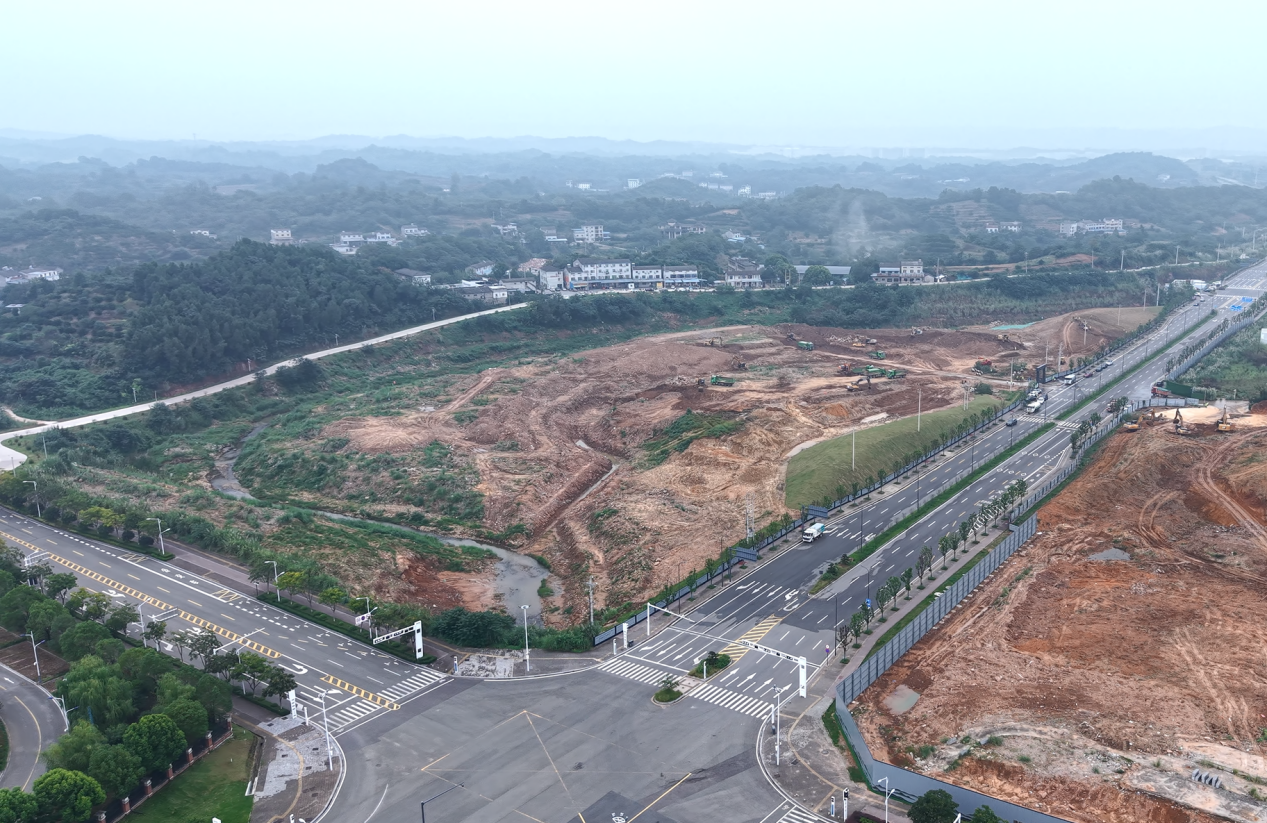
The construction site of the low-carbon park.
At the low-carbon park site, workers are busy laying grass turf. This key ecological space spans about 12 hectares and includes river improvement works along the Tumen River, landscaping, and woodland restoration.
"So far, 6,000 square meters of turf have been laid, and 70 percent of the earthwork has been completed," said Peng Siyuan, the site representative for the low-carbon park project.
The park features four functional zones and six low-carbon experience areas. The functional zones include a low-carbon exploration loop walkway, a leisure zone, and a children's activity area, as well as spaces such as a valley observation deck and floodplain wetlands. Together, they will form a layered, green and low-carbon ecological leisure environment.
The demonstration and first-phase residential zones will focus on housing for young professionals, senior residents and people relocated from Yichang’s old urban areas. Site preparation work is currently underway.
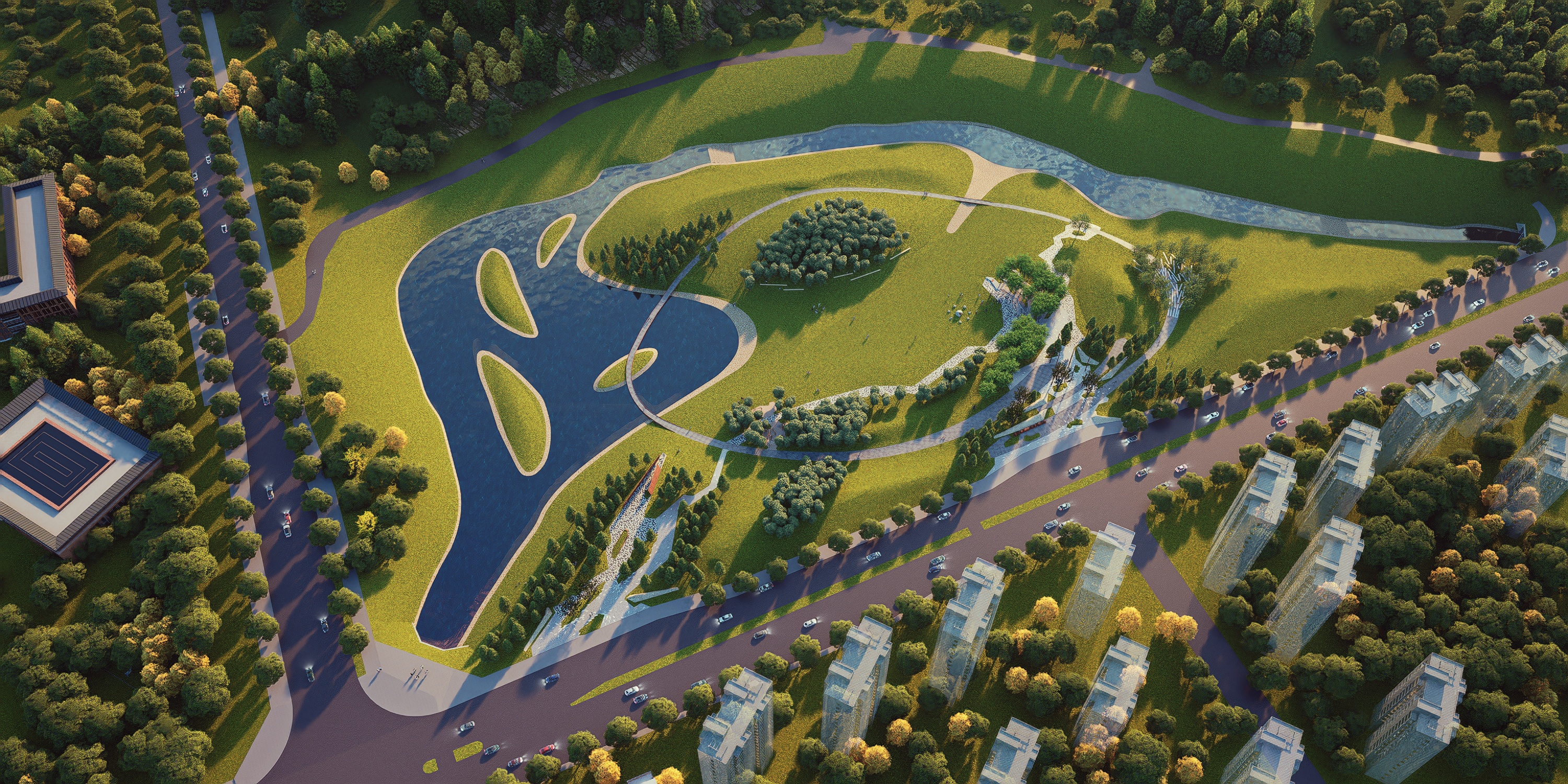
Conceptual rendering of the low-carbon park.
Zhang Lei, the project manager of the Yichang Low-Carbon Smart Community, said the initiative aims to reduce community carbon emissions by 20 to 40 percent. This will be done in three ways: enhancing carbon sinks, reducing emissions, and setting up monitoring systems.
The community will build a three-tier carbon sink corridor while preserving the natural landscape. According to its plan, the community will feature two 10-minute living circles, ensuring residents' daily needs are within walking distance.
In addition, public transportation stops will be located within 500 meters of every home. A community slow-traffic network will use the natural terrain to connect pedestrian and bicycle paths with public transportation, helping reduce private car use by about 30 percent.
Yang Xue and Li Boyan contributed to this story.

